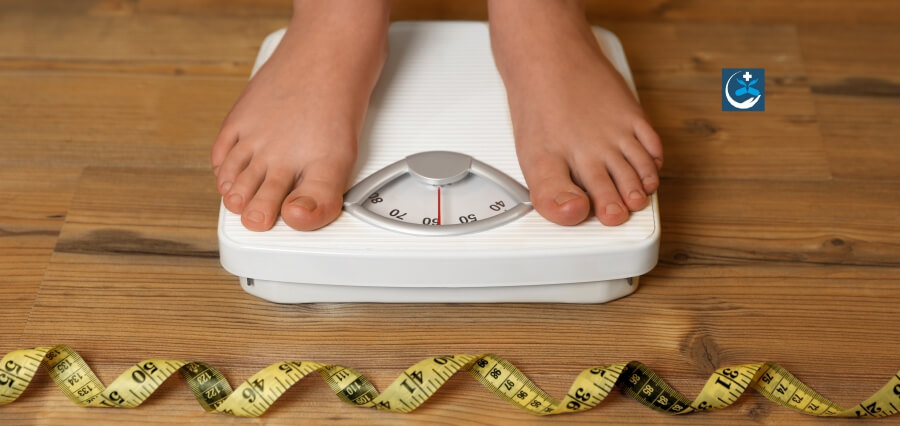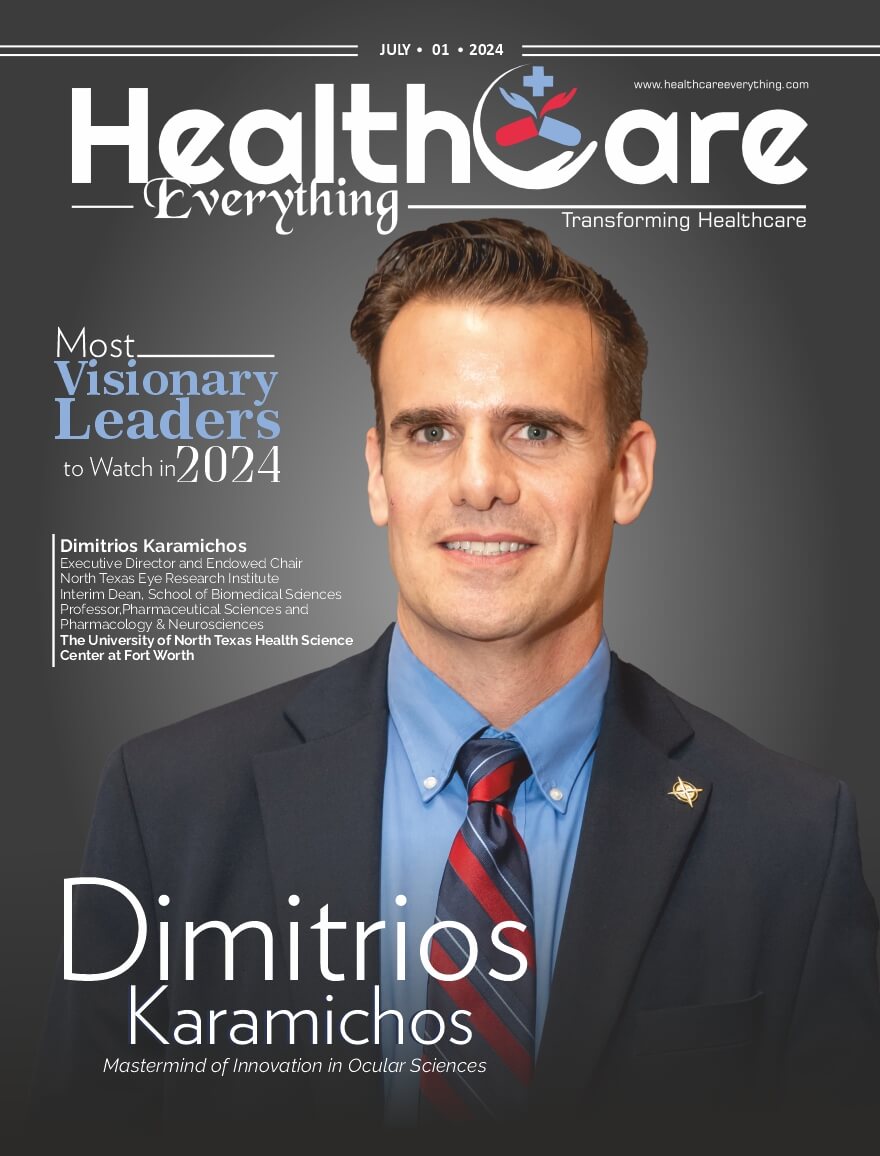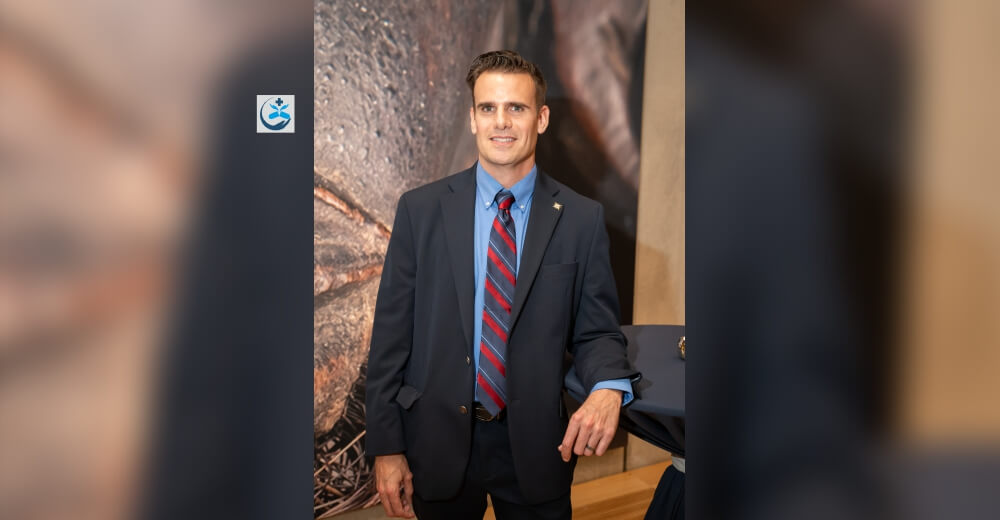A recent study provides fresh proof that young American children are increasingly suffering from severe obesity.
There was some optimism that youngsters enrolled in government feeding programs would be defying the general downward trend in obesity rates because past studies had shown those kids’ rates were beginning to decline roughly ten years ago. However, a report published on Monday in the Pediatrics journal indicates that by 2020, the rate had somewhat increased again.
The rise is consistent with other national statistics that indicates approximately 2.5% of preschool-aged children were classified as seriously obese during the same time frame.
According to Heidi Blanck of the U.S. Centers for Disease Control and Prevention, one of the study’s authors, “we were doing well and now we see this upward trend.” “We are appalled by these discoveries.”
The program, Women, Infants and Children, offers nutritious diets and other services to preschool-aged children from low-income households. The study focused on children aged 2 to 4 who were participating in this program. We measured and weighed the kids.
In 2010, 2.1% of the children enrolled in the program had extreme obesity, according to the report. After six years, the percentage had decreased to 1.8%. But it was only 2% by 2020. This corresponds to roughly 33,000 out of the over 1.6 million children enrolled in the WIC program.
Twenty states had significant increases, with California having the highest rate at 2.8%. Notable increases were also observed in certain racial and ethnic groupings. With a rate of almost 2.8%, Hispanic children had the highest.
According to experts, excessive obesity at a young age is almost always irreversible and is closely linked to long-term health issues and premature death.
According to Blanck, it’s unclear why there was an increase.
Some analysts linked the decline in WIC obesity rates to 2009 policy changes that reduced the amount of saturated fat, removed juice from infant food containers, and attempted to make it simpler to purchase fruits and vegetables.
The package is still the same. However, according to Dr. Sarah Armstrong, a childhood obesity researcher at Duke University, “the daily hardships that families living in poverty are facing may be harder today than they were 10 years ago, and the slight increases in the WIC package just weren’t enough.”
The researchers encountered difficulties. Throughout the last ten years, fewer children have received WIC. Additionally, 2020—the year the COVID-19 pandemic struck—was included in the study period. At that time, fewer parents took their kids to the doctor. As a result, there was less comprehensive information available.
Deanna Hoelscher, a childhood obesity researcher at the UTHealth Houston School of Public Health, said that despite its shortcomings, the study was “very well done” and “gives you a hint of what’s going on.”
We do not yet know what has transpired since 2020. Little research has indicated a significant rise in childhood obesity, particularly during the pandemic when children were kept home from school, eating and sleeping schedules were altered, and physical activity levels fell.
Read More: Click Here







